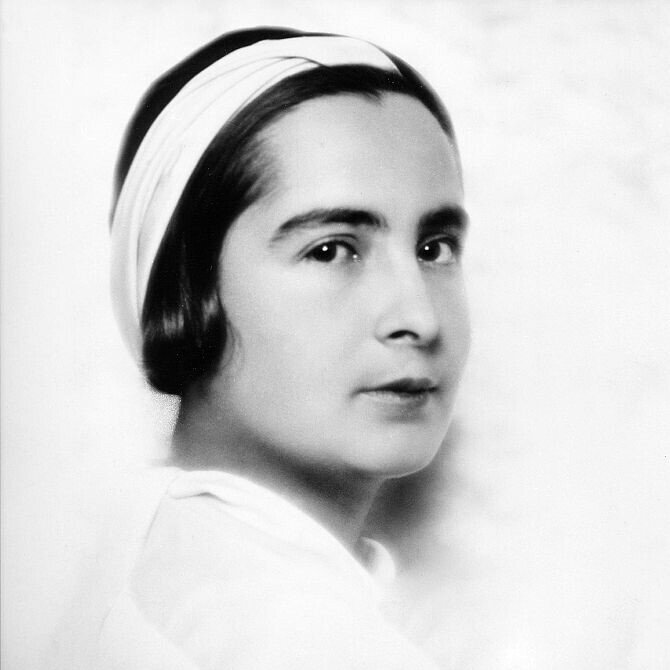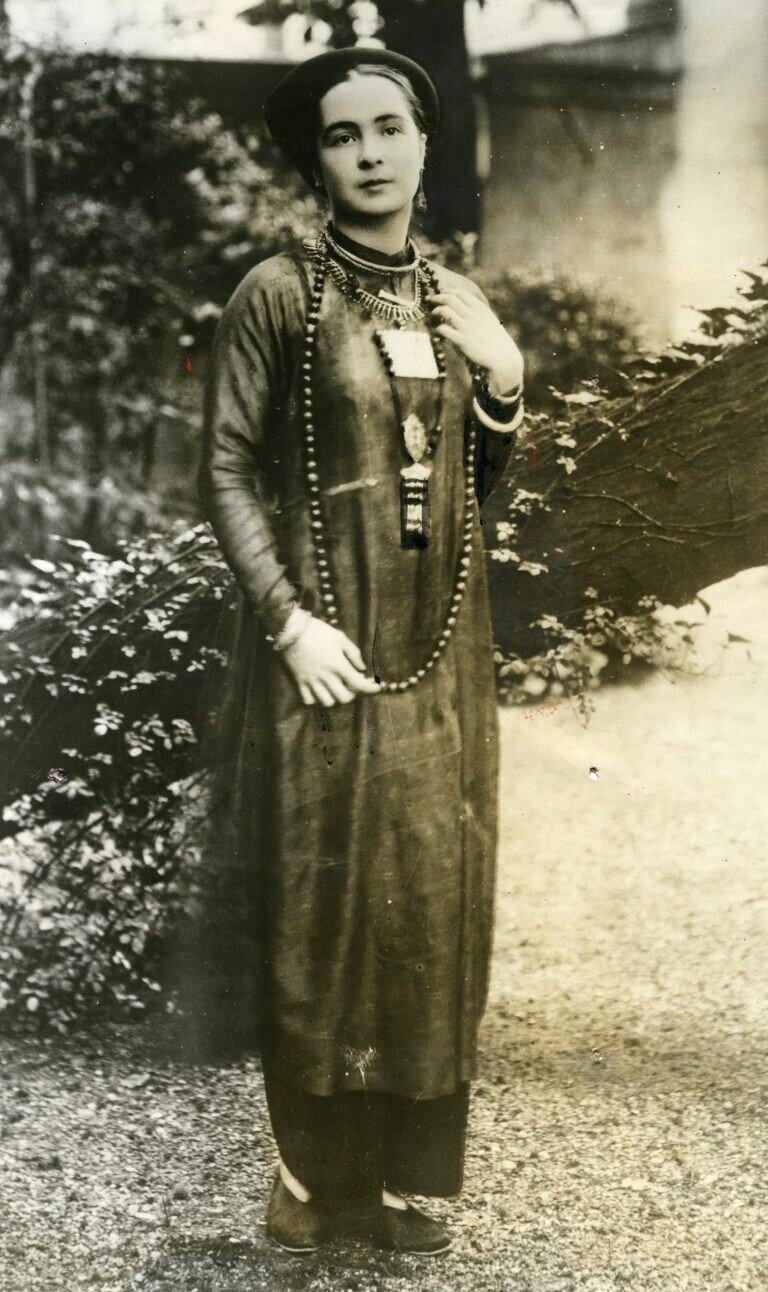Magdeleine Murat

Magdeleine de Chasseloup-Laubat, Princesse Achille Murat (2 July 1901, Paris — 8 May 1945, Paris, France) was a French travel writer and socialite who visited Cambodia, Laos and Vietnam in the 1920s, and wrote the chapter ‘Tourisme’ in the monumental Un empire colonial francais: l’Indochine (ed. Georges Maspero, editions G. Van Oest, Paris, 1930).
The daughter of Marie-Louise Stern (1870−1964) — one of the two ladies of the French high society [with Lucie Ernesta de Langlade, born Stern] Maréchal Pétain asked the Nazis to ignore their Jewish origins — and Louis de Chasseloup-Laubat (marquis de Chasseloup-Laubat, 1863 – 1954), son of Samuel Prosper Justin Napoléon de Chasseloup-Laubat (1805−1873), who had served as Minister of the Navy and the Colonies from 1860 to 1867, she became Princesse Achille Murat in 1923 when she married Achille Murat (1898−1987), himself the son of Prince Lucien Murat (1870−1933) and Marie de Rohan-Chabot (1876−1951).
Magdeleine visited Cambodia on three occasions, one before her marriage, and observed the archaeological work at Sambor Prei Kuk, an experience who led her to enroll into courses at Ecole du Louvre, Sorbonne, and College de France. In an interview to the periodical Comoedia (31 October 1931), she mentioned that she was working on a thesis in archaeology but, as a mother of three young children, had little time for it.
During her first visit to Cambodia, King Sisowath, who knew her grand-father well, presented her with a Cambodian dancer attire, in which she posed with two ladies of the Palace, probably members of the Royal Ballet:
A dedicated patron of the arts and supporter of women’s emancipation movement, she gave many conferences around the world. While helping the suffragist movement in San Francisco, USA, in 1926, she patroned the modernist painter Yun Gee, inviting him to come to Paris. She was “as beautiful as a young Pauline Borghese” [Paula Maria Bonaparte Leclerc Borghese, known as Pauline Marie Bonaparte (1780 – 1825)], according to the Paris society press. In the same 1931 interview, she allowed that she considered herself “un peu Bouddhiste” [a little bit of a Buddhist], hence her reluctance to join hunting parties, while both her mother and her husband were hunters.
After painting her portrait in her Paris residence (15 rue de Constantine), Yun Gee composed Poem for Princess Murat’s Portrait:
I haven’t seen beauty since very long./ Now I paint the Princess Murat in her Chinese Library / in her Chinese costume lying on her sofa. / Strange it is to me no voice, no colors like flying. This makes me happily remember Known/and Look (two masters who lived in Song Dynasty) poem:/ She with the beauty of art in a western palace /Her costume with original colours, Chinese. /Since I came to Europe, keeping Chinese eyes is difficult. /She the only one here that makes me remember/China…………….and now I can follow the wind………now I can travel in Tong /in Sung.

- Related Publications

